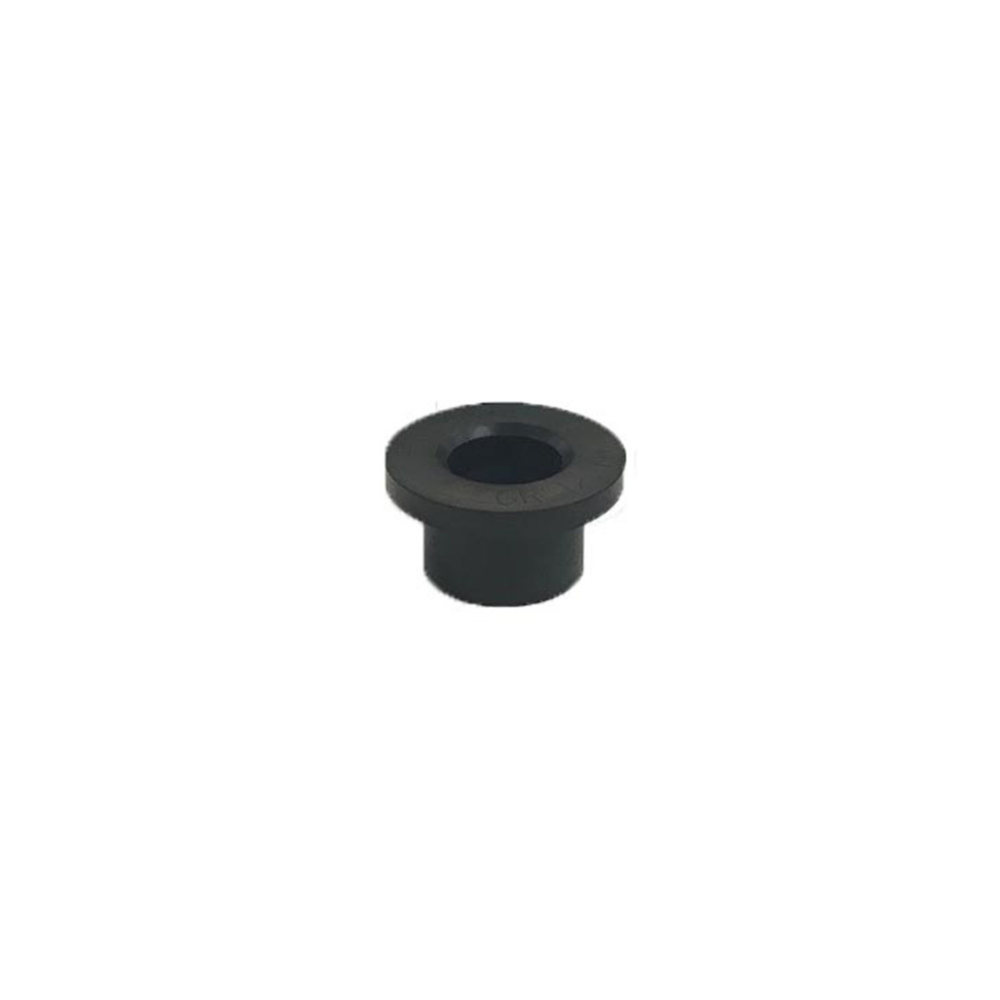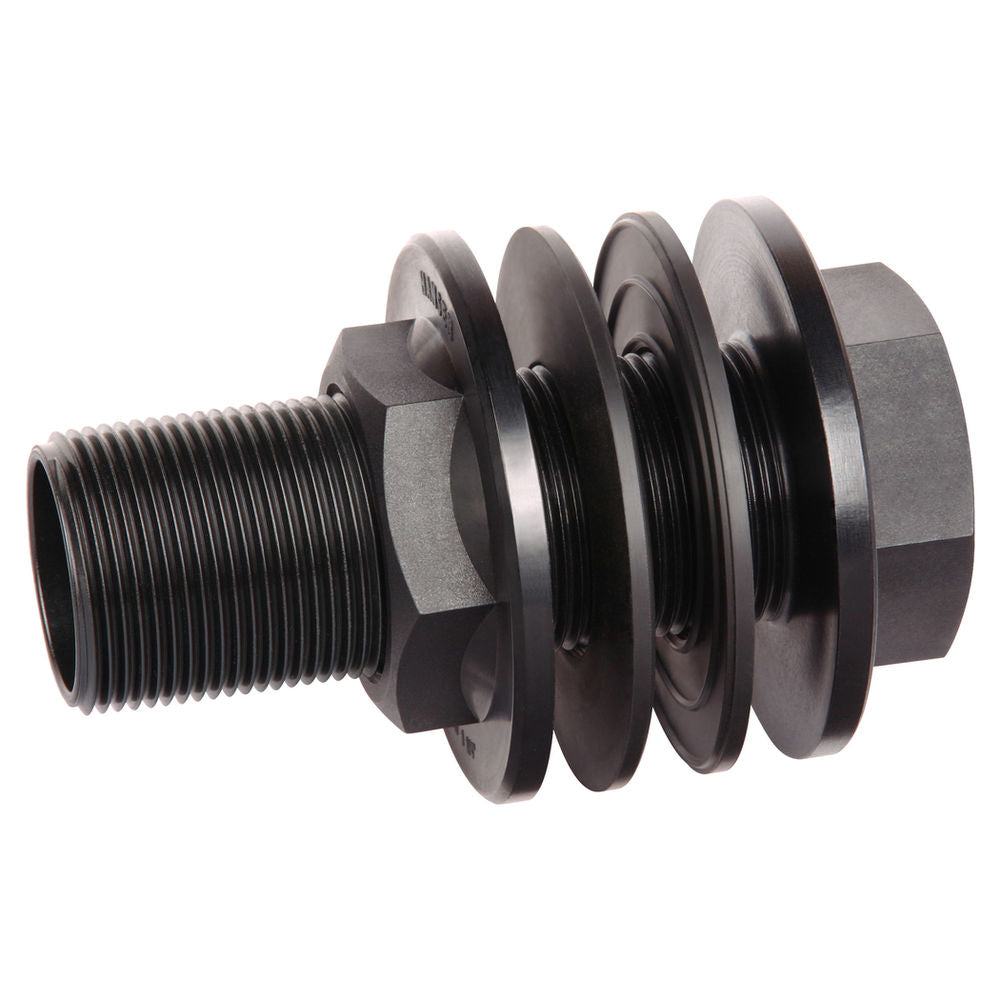- Home
- Newest Products
- Uniseal Fittings
Uniseal is simply the world's best seal. It's flexible rubber and quick and simple to install:
- After cutting a hole in the wall of a tank or other surface, the seal is inserted.
- Then the PVC pipe is coated with a slippery detergent (i.e. dish soap) and pushed into the seal.
Uniseal products replace traditional plumbing hardware with a single injection moulded unit requiring no component parts. It was designed to solve many of the issues of pipe to tank connections. For many industries pipe to tank seals are traditionally among the most complex connections to manufacture. Traditional seals require multiple parts such as, rigid flanges, bolts, washers, o-rings, along with long assembly times and high production costs. The Du Pont Alcryn is the key to the liquid-tight seal.
When the pipe is pushed through the rubber-like Uniseal from the outside, the inside Alcryn wall becomes thin enough to allow the pipe to squeeze through and then forms a liquid-tight seal. The coefficient of friction with the plastic pipe is roughly three times higher than any other material which allows it to create a better seal than with any other material. In static conditions the seal is good up to 65 PSI. Uniseal can withstand pressure, and suction, acids, oils, greases, gasoline, sewage, waste, heat and cold. It offers long life, easy installation and reduced labour and material costs.
For the Uniseal 20mm (¾ inch) you need to drill a 31.75mm (1 ¼ inch) hole.
INSTALLATION INSTRUCTIONS:
1. Measure OD of Pipe and select seal from above ensuring tolerances are met. Use the Part No. above as ordering code.
2. Using the appropriate size holesaw, cut a hole to the correct size for the Uniseal you are installing. Ensuring that the hole is a clean cut as irregularities could result in a poor seating and leakage. Eg. A 2” Uniseal needs a 3” Hole saw
3. Place the Uniseal into the hole with the wide side facing the direction the pipe is going to be inserted.
4. Ensure that the pipe end to be inserted is clean cut. Chamfer/bevel the edge of the pipe so that there are no sharp points to cut the Uniseal.
5. Using liquid soap or detergent, lubricate the outside of the pipe to be inserted, then push the pipe through the Uniseal from it’s wide side. The detergent will be squeezed off as the pipe passes through the Uniseal. The coefficient of friction of rubber holds the pipe tightly in place.
DO NOT USE silicone, grease or Vaseline, as anything with a slippery or greasy base will cause the marriage between the pipe and the Alcryn in the Uniseal to fail under pressure.










